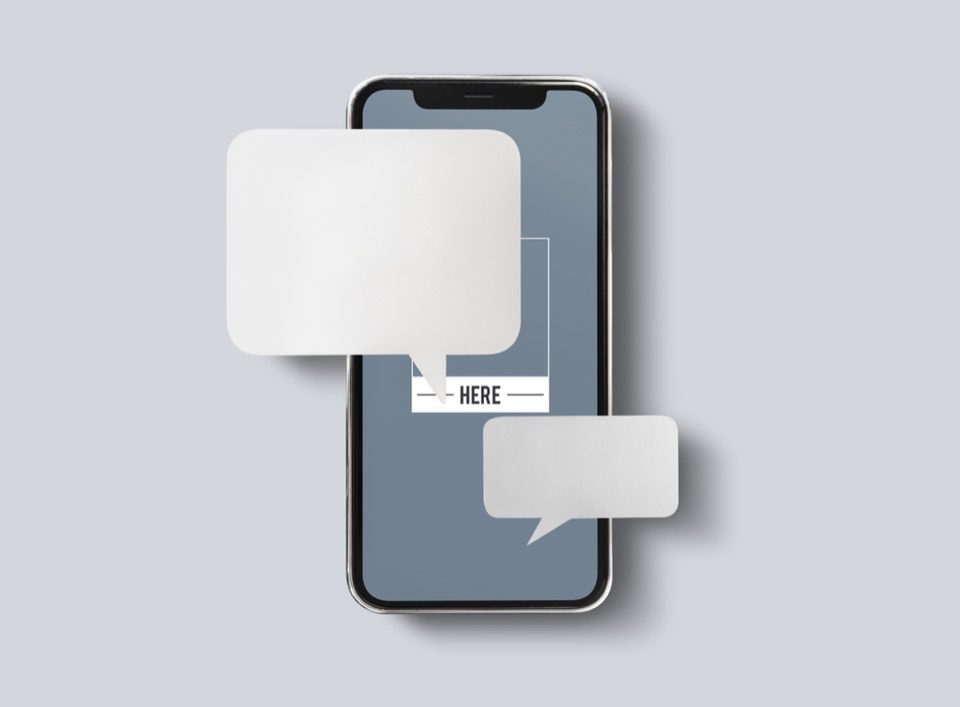If you’re like most business owners, you’re always looking to reach your customers and deliver excellent service. Many sites rely on chatbots for customer service as they’re an easy, cost-effective way to catch and sort new leads—as well as to communicate with existing customers. In fact, 24.9% of buyers used chatbots to communicate with businesses in 2020, up from 13% the year before.
Yet most business owners who use chatbots for their websites make the same common mistakes—or they fail to use the most critical features effectively that could actually move the needle forward in their businesses and generate more leads.
By following these tips, you’ll be able to create a chatbot experience for your website that provides great customer service and helps your business grow.
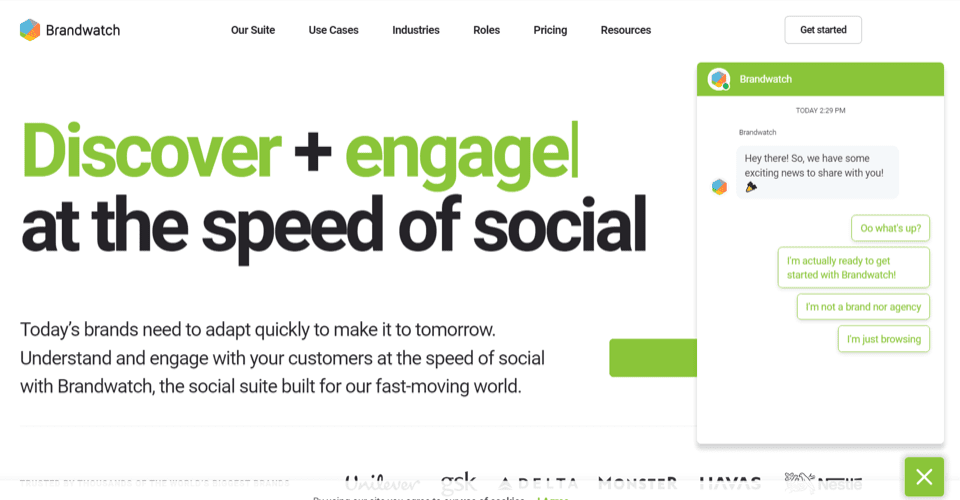
1. Remember, Users Like Chatbots
So many business owners get hung up on a chatbot’s limitations. Of course, a chatbot’s capabilities are largely determined by the chatbot platform you’re using and the features that it offers—some popular platforms include Chatfuel, Drift, Manychat, and Botsify—but they mostly work the same way.
A chatbot will rely on natural language processing (NLP) to understand website visitors and either direct them to the appropriate action or provide an answer from the existing knowledge base.
While NLP has come a long way in the past decade, one of the main limitations of chatbots is that they’re not perfect. They can make mistakes, and they can’t understand everything that’s “said” to them.
Yet despite the limitations of chatbots for your website, the average satisfaction rate of bot-only chats is 87.58%. This is what so many business owners forget.
Don’t include long disclaimers or apologies. Don’t try to “hide” the chatbot or make it difficult for users to start a conversation. Instead, have some fun.
Make the bot’s colors and logos consistent with your brand. Give it conversational pre-programmed responses instead of something that sounds like a customer service phone script. Users find chatbots amusing and helpful.
Take Dom, the whimsical chatbot who helps customers order with Domino’s. The visuals are on-brand and engaging, the interface is simple, and the programmed responses are energetic (“Great, let’s get started!”). Instead of viewing the chatbot as a last resort when phones are busy or the office is closed, the company leans into the fact that users like chatbots.
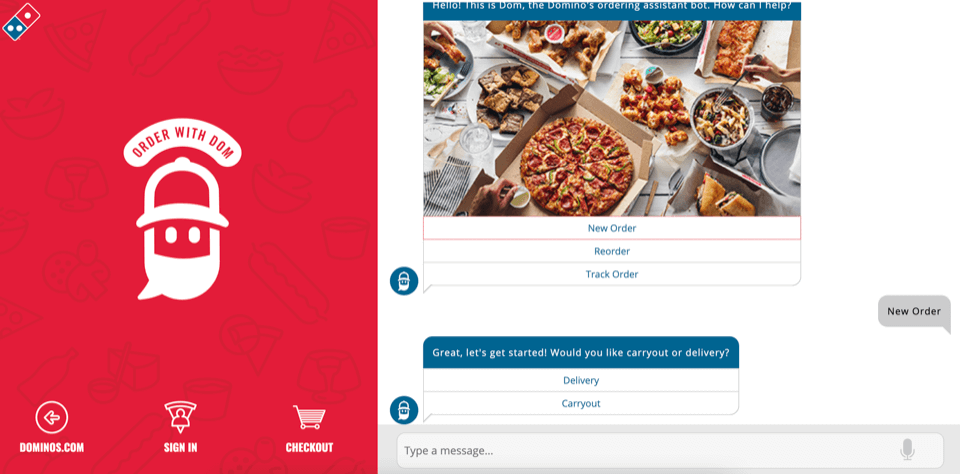
2. Let Chatbots Handle Tasks—Not Just Redirect
Chatbots are predicted to save businesses 2.5 billion hours by 2023. But if you’re primarily using a chatbot as a “holding cell” before someone talks to a human at customer service, you’re missing out on much of that savings.
For example, chatbots can handle simple tasks such as resetting passwords, checking order status, or providing shipping information. They can also complete purchases.
But don’t stop there. Chatbots can also upsell, make product recommendations, and subscribe users to new services. It’s a good best practice for websites to have chatbots only attempt an upsell after an initial purchase is completed. “Thanks for ordering {product}. Would you like to add {upsell product}?” is a simple conversation flow that mimics human interaction.
If all your chatbot does is capture an email address to put into a CRM so a human can follow up on the lead later, you’re missing out on sales.
3. Make Sure Your Chatbot Is Available 24/7
Some websites only have chatbots available during “off hours,” when customer service is unavailable. This effectively treats your chatbot like an after-hours answering machine. But, as mentioned above, many users like interacting with chatbots and may even prefer it.
45.9% of consumers expect chatbots to deliver an immediate response. Customers know they won’t get an immediate response by calling a phone system and waiting for it to redirect to the proper extension. Interacting with a chatbot can happen in a side tab during a work meeting, on a phone while riding the subway, or quickly while waiting for an appointment. It’s convenient and always available—that is, assuming businesses make it always available.
Instead of thinking that chatbots only exist to take calls when customer service agents are busy, see humans and chatbots as two equally important parts of a customer engagement strategy.
4. Involve Human Support When Needed
That last point is important to remember. Chatbots should be available on your website, but they shouldn’t replace humans.
One of the main goals of chatbots is to improve customer service and satisfaction. Sometimes chatbots can provide a quick and easy way for customers to get the answers they need. They can help reduce wait times and increase resolution rates, minimizing support tickets.
For customer complaints, however, a bot is rarely a good solution. Complex situations often require “off-process” decision-making such as accepting a return past the deadline for issuing a refund. 71% of consumers say they would be less likely to buy from a brand if it didn’t have human customer service agents available, showing that while customers may like and often prefer chatbots, they still want to know that humans are available if needed.
A hybrid model is important. Successful chatbots make it easy for users to get in touch with a human by recognizing the situations when human interaction will lead to higher retention and satisfaction.
Even when your human customer service is unavailable, chatbots can still assure users that they will pass along a message. This way, you can improve customer satisfaction and user retention while reducing support costs.
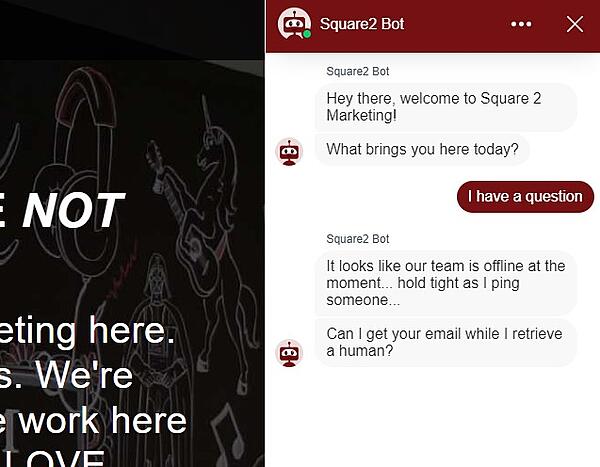
5. Use Chatbots To Share Promotions On Your Website
Another great benefit of chatbots is that they can provide marketing on your website.
Many businesses program chatbots with a standard greeting like “Hi! How can I help you?” This misses an opportunity to announce a new product or sale. On the flip side, it’s best to not be too on the nose. “Welcome! Today only, buy one get one free!” can seem spammy or no different than a pop-up advertisement.
Instead, give your chatbot some on-brand personality. You could try humor—”Was that your stomach growling? You must be hungry!”—or a sincere tone—”I have some new products on sale today that I think you might like. Do you want to see them?”
There’s some psychology at play here. When robots seem to have human-like emotions, people often perceive the robot as capable of thinking. A little joke or helpful tone will both give an opportunity to share a promotion and convince a user that your website chatbot is capable of handling further inquiries. This becomes a trust factor to improve conversion rates.
6. Share Your Chatbot on Social Media
Now that you have your chatbot up and running, it’s time to promote it through social media and other online channels.
Facebook, for instance, has thousands of active chatbots. A Messenger chatbot will not be the same as the one you use for your website. It will have different functionalities and capabilities, and you’ll have to complete the setup on another platform.
But that doesn’t mean your audience has to think of the bots as separate.
Giving your chatbots the same voice, similar options, and even the same name can unify your branding and create a familiar experience for customers on and off your site.
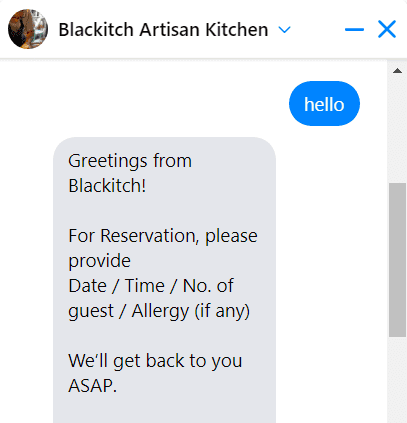
Chatbots on social media help you reach new segments of your audience, boost traffic, and augment your customer service. By including slightly different pre-programmed responses, you may even gain some user data about which methods best connect with your audience.
Additional Tips
As you can see, chatbots can have an enormous impact on your website and provide a great deal of benefits, including:
- Increasing sales
- Reducing customer support costs
- Improving customer satisfaction
- Generating leads
Chatbots are not a perfect solution, and they do come with certain challenges.
So be sure to keep the following in mind when using chatbots:
- They need to be designed well in order to achieve success
- They require regular maintenance and updates
- You need to have a clear purpose for your chatbot
- Be sure to test your chatbot before you launch it
Chatbots are not a one-size-fits-all solution. What works for one website might not work for another.
It’s important to experiment and find what works best for you. The tips in this article will help you get started on the right foot.
Find Web Design Solutions
Creating a chatbot is often a straightforward process on your chosen platform, but refining it and improving its conversion rate takes time. If you’re still not seeing the results you want, consider partnering with a web design expert who can recommend best practices and implement technical fixes on your site.
For more design tips and strategies to level up your business, follow our BESTWEB blog.

